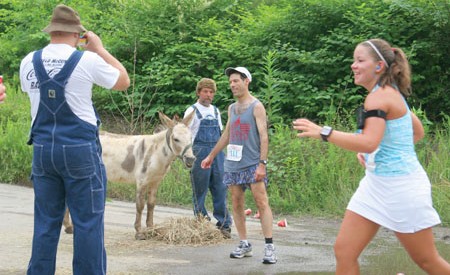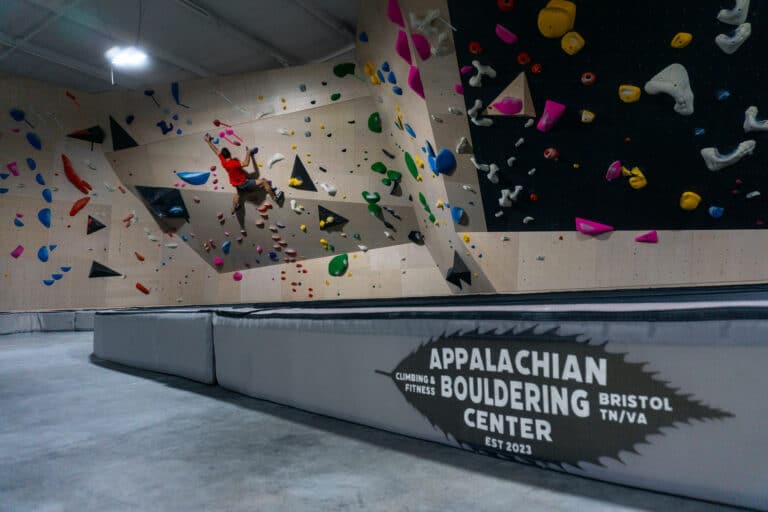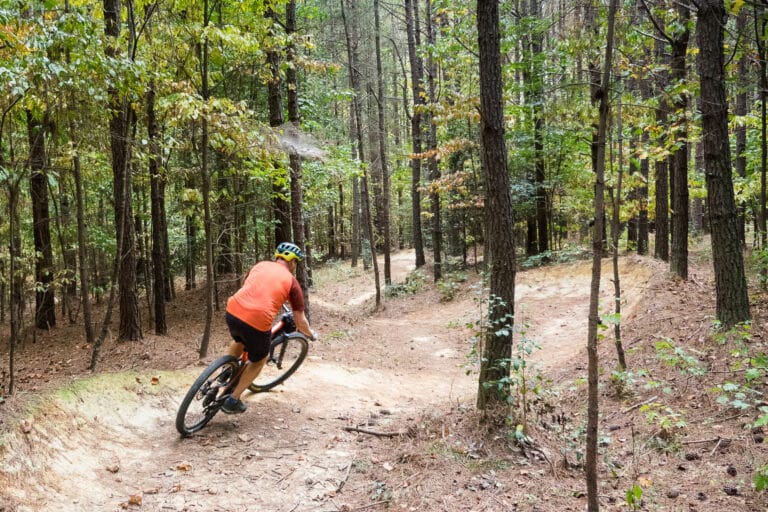“Devil Anse Hatfield was my second cousin, three times removed,” says David Hatfield. His family was part of the famous Hatfield-McCoy feud of the late 1800s. Today the feud lives on in the Hatfield McCoy Marathon held every June in and around Pikeville, Kentucky.
When the History Channel’s miniseries on the Hatfield-McCoy feud aired last year, no one expected what happened next. Starring Hollywood heavies like Kevin Costner and Bill Paxton, the series became one of the most watched non-sports event in the history of television and sparked an instantaneous renewed interest in the feud across the country. The result has been a boom for the Tug Valley area that straddles the border of Kentucky and West Virginia, as tourists have flocked to the sites of significant battles between the families, prompting a cottage industry of tour guides and historians along the way. This rising tide has also lifted the Hatfield McCoy Marathon. What began in 2000 with 30 runners has doubled most years since to almost 500 racers last year. Hatfield says in 2013 they are already 150 percent ahead of last year’s numbers.
“Last year people just came spur of the moment and a lot of them slept in their cars,” said Hatfield. “These people are really eager to run this race. It’s kind of like the feud. Some people say it started over a pig, or Randall McCoy’s brother getting shot, or the love triangle, but there were multiple reasons that kept igniting the feud, and it’s the same thing with this race. The mini-series was like an explosion at the end of a long fuse.”
Because the unique course runs through both Kentucky and West Virginia – paying homage to both sides of the feud – the marathon and half marathon attracts a number of “50-staters,” runners who aim to complete races in all 50 states. The marathon can count as either, but this year runners have the option of running the half marathon in West Virginia, Kentucky, or both. They have also added a 5K that incorporates the final 3.1 miles of the marathon course.
“It’s going to be wild this year,” said Hatfield.
He is quick to point out that the bitterness and brutality of the feud is nothing to celebrate. He gets emotional when talking about family members lost in the fighting and the modern hardships his region of the country is going through as machines have replaced workers in coal country. The legend of the feud has always attracted history buffs to the area, but now so does recreation infrastructure like West Virginia’s Hatfield-McCoy Trail system – over 500 miles of multi-use trails, the second largest trail system of its kind in the world.
“These towns are dying, and this is all we have now: the history of our area,” he said. “We’re in a struggle now that is just as tough on us as the feud was in many ways.”
All racers who sign up for the marathon and half marathon are assigned to either the Hatfield family or the McCoy family, giving each racer a team. After the race a trophy is given out to the overall winning family to determine “who actually won the feud.” Unless you are an actual Hatfield or McCoy, the designations are assigned randomly – hoping to avoid reigniting the feud. Hatfield says it is merely a coincidence his family has won 8 of the last 13 marathons. The course is hilly, but manageable, with only one sustained climb early in the race. It a fun, organized event that the whole community gets behind, no matter what family you’re from.
Feud Timeline
Opinions are mixed as to how the feud started, but these are the most significant dates in the fighting.
January 7, 1865 – Former Union soldier Asa Harman McCoy killed following the Civil War by a Hatfield.
August 9, 1882 – Tolbert, Pharmer, and Randolph McCoy tied to pawpaw bushes and shot multiple times – retaliation for killing of Ellison Hatfield, also on Aug. 9.
January 1, 1888 – The New Year’s Night Massacre. McCoy cabin surrounded and attacked by Hatfields.








